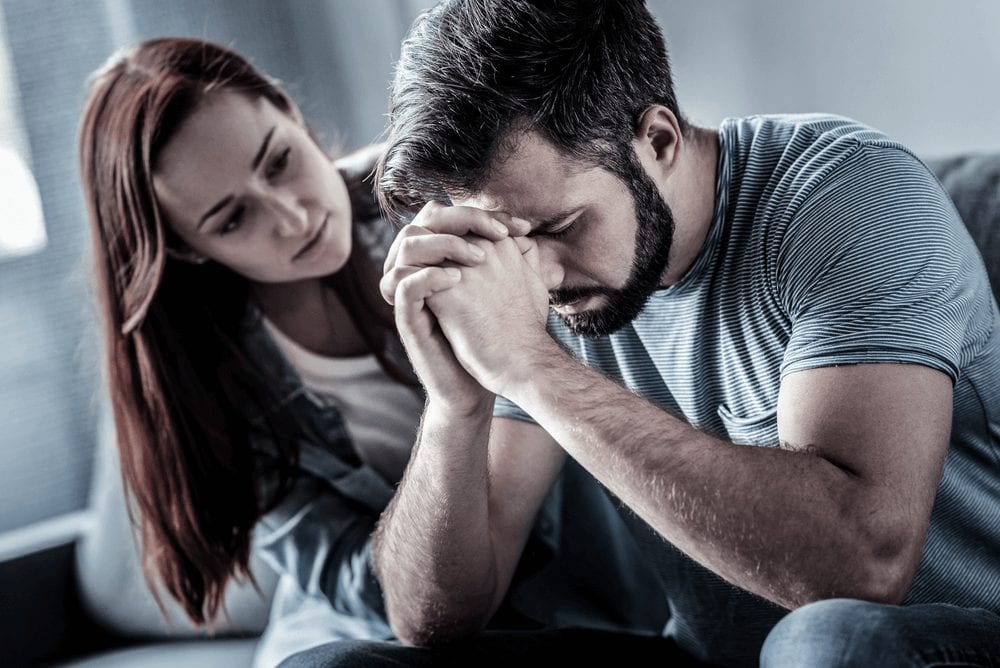Coronavirus: Most shielding children can stop by August, chief medical officer says
Most of the 92,600 children deemed particularly vulnerable to Covid-19 will be able to stop shielding by the end of July, government advisors have said.
Dr Jenny Harries, England’s deputy chief medical officer, agreed with guidance from the Royal College of Paediatrics and Child Health (RCPCH) that said the vast majority of children with conditions such as asthma, diabetes, epilepsy, kidney disease, cerebral palsy and scoliosis did not need to continue to stay indoors.
The RCPCH said in June that the benefits of going back to school “in terms of access to therapies and developmental support“ outweighed the risk of coronavirus.
Download the new Independent Premium app
Sharing the full story, not just the headlines
Dr Harries said on Monday: “I do not underestimate the difficulty of children having to stay indoors and to only have limited contact with family and friends for such a long time.
“As our understanding of this novel virus has developed, evidence shows most children and young people are at low risk of serious illness and will no longer be advised to shield after July.”
The RCPCH said children and young people who are under the sole care of a GP are very unlikely to need to continue to shield.
The professional body also created two lists.
Children on List A – which includes some who are immunodeficient or immunosuppressed, such as cancer patients, and those with significant impairment in their ability to cough and to clear their airways – are advised to continue to shield.
List B includes children with sickle cell disease, those with extra oxygen requirements, kidney disease or cystic fibrosis. They can discuss with their GP whether or not it is safe for them to stop shielding.
Dr Mike Linney, a registrar at the RCPCH, said he understood that many families who have been shielding will have concerns and urged them to seek reassurance if they are worried.
“The important point of this guidance is that paediatricians and specialist doctors now have better information to discuss shielding with patients and their families,” he added. “Should we face a second wave, this guidance will allow us to make better decisions about who needs to shield.
“It was right to be cautious when we knew so little about the virus, but we now have a lot of evidence to guide us. We can be confident that the vast majority of children and young people don’t need to shield.”
The government said children would only be removed from the shielded patient by their GP or a specialist doctor following a discussion with the child and their family.
Children and young people should continue to shield until the end of July but then clinically vulnerable people of all ages will no longer be advised to dp so.
Additional reporting by Press Association




